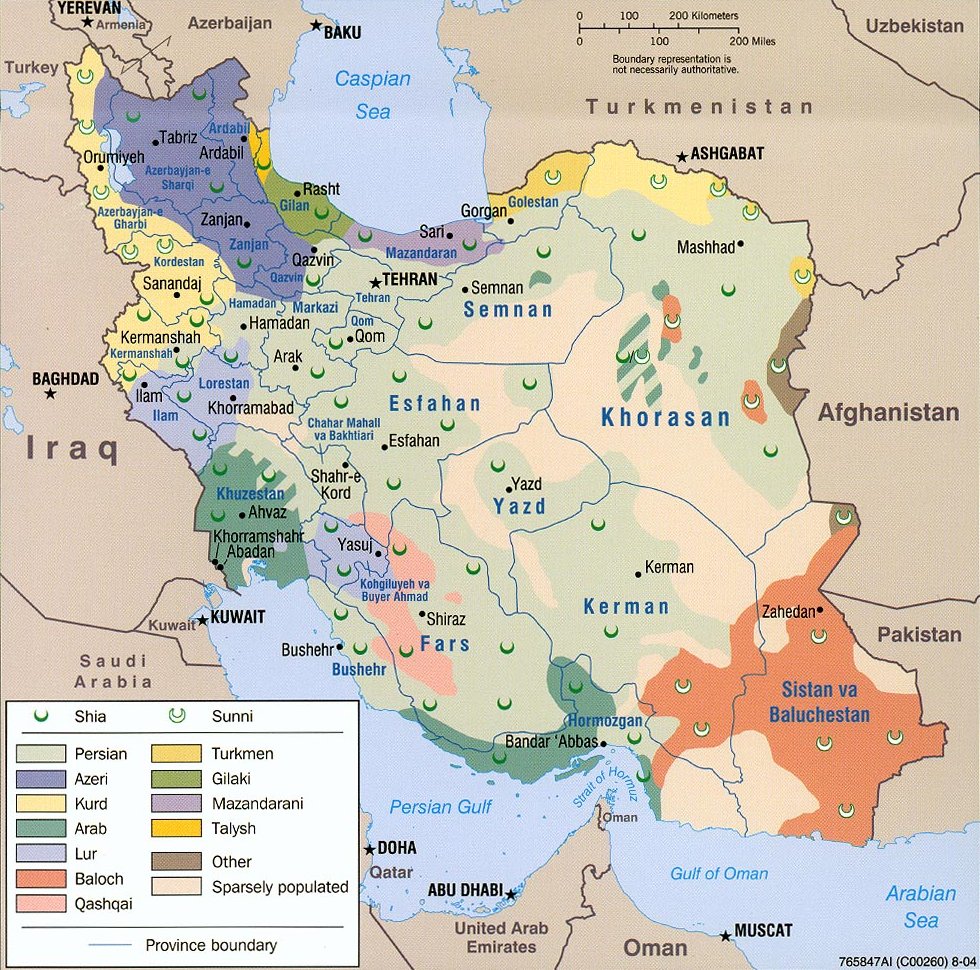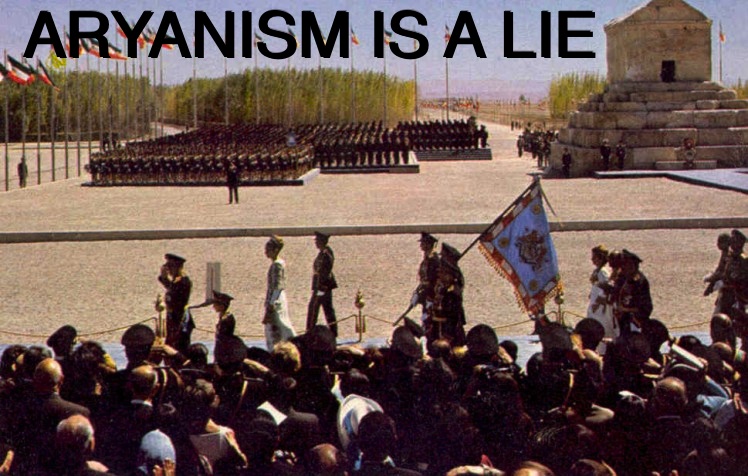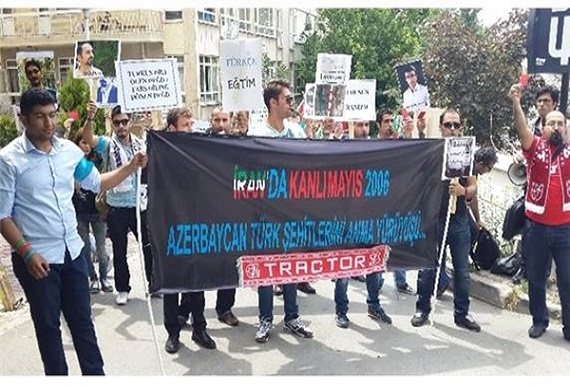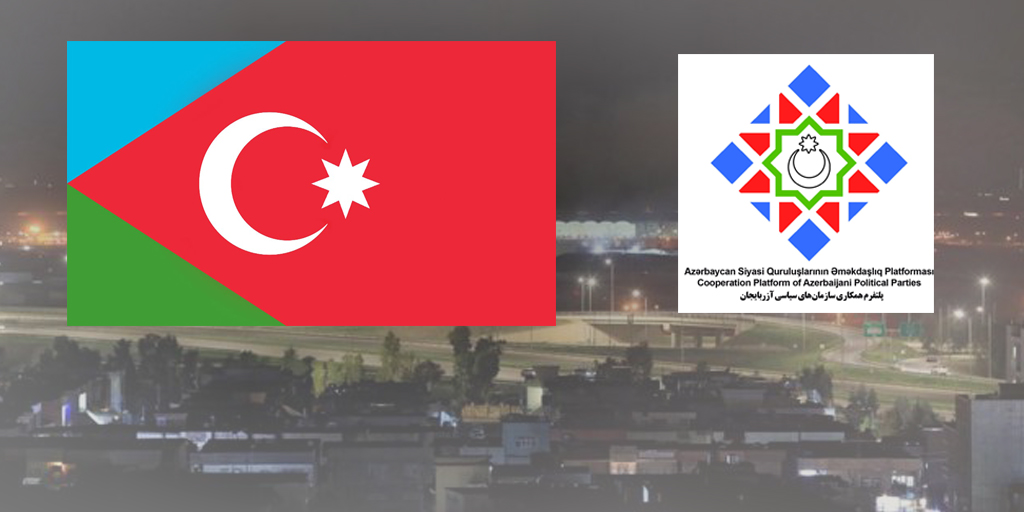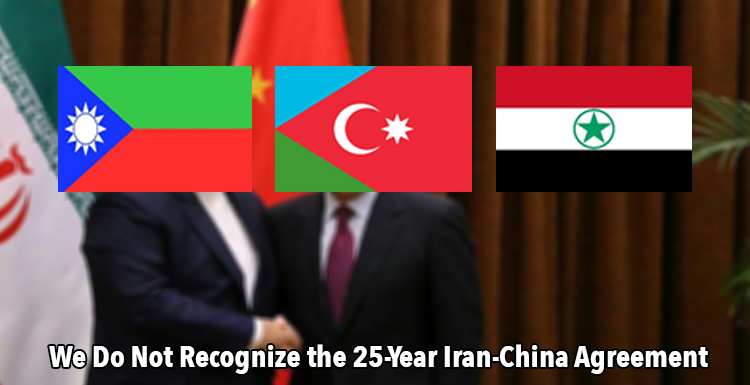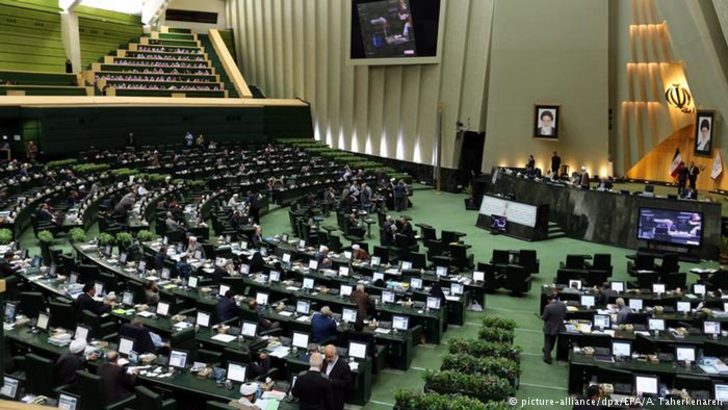A “Persian” Iran?: Challenging the Aryan Myth and Persian Ethnocentrism

ARAZ NEWS: The following publication does not necessary reflect the views of Araz News or its staff.
A “Persian” Iran?: Challenging the Aryan Myth and Persian Ethnocentrism
⋅
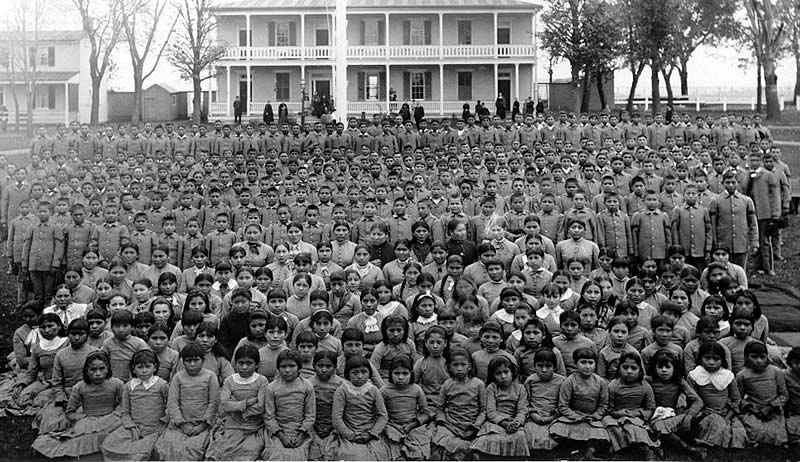
In the United States, Native American children were often forcibly removed from their parents and sent to boarding schools where they were forcibly given English names and could be beaten for speaking their own languages.
In countries like France this process has involved the development of a school system that brutally forced children with linguistic and cultural backgrounds other than proper [Parisian] French to assimilate and forget their languages or dialects; often, this was achieved by beating students who spoke their mother tongue at school and teaching them that it was worthless (history of French linguistic nationalism here). In places like Germany, meanwhile, territorial expansion into areas inhabited by German-speakers combined with physical extermination was used to rid the nation of religious minorities (like Jews and Catholics) and cultural minorities (like the Roma and Sinti) who seemed impossible to assimilate while uniting geographically disparate ethnic German communities (overview of those policies here).The creation of nation states outside of Europe, a process facilitated through both colonialism as well as resistance to it, spread the development of exclusivist national projects globally. Iran has been no stranger to this process; indeed, the development of an Iranian national identity, under both the Pahlavi regime and the Islamic Republic, has involved controlling and marginalizing those who do not fit correctly within the normative construction of what it is to be “Iranian.”The Pahlavi regime’s definition of Iranianness finds its roots in the construction of an exclusivist Iranian identity in the 1920’s and 30’s. The increasingly centralized and authoritarian state of Reza Shah Pahlavi sought to eliminate linguistic and cultural diversity by crafting a narrative of Persian Iranian history that went back nearly 2500 years that was united by the determination of the Persian people. This was of course an artificial history, just as nationalisms always are- both the Qajar and Safavid dynasties preceding the Pahlavi were Azeri Turkish, for example, and historically it was not ethnicity but ethnically neutral imperialism and the use of Persian language as a lingua franca that had brought together the incredibly diverse peoples populating the lands under control of the “Persian Empire.”Reza Shah took his cue from the nationalist ideological currents sweeping Europe and Turkey, where colonial scholarship had long equated language with ethnicity as part of the efforts to understand the success of certain nation-states as compared to others. Aryanism was one of the most influential of these ideologies, and it identified the Indo-European language tree (which includes Sanskrit, Persian, and most European languages) as proof of a migration of an imagined Aryan nation out of India, through Persia, and into Europe. Aryanism was highly convenient for Europeans because it made sense of the Indian and Persian civilizations they were encountering through their colonial enterprises.According to this theory, Europe represented the pinnacle of the racial hierarchy while Indian and Persian civilizations were mere steps on the way to contemporary greatness. Additionally, it distanced Europeans from the Semitic languages of the Jews and Arabs, offering a pseudo-scientific rationale for both racialist anti-Semitism and Orientalism.

Meyers Blitz-Lexikon (Leipzig, 1932) divides “Europäid” types into: Nordic race, Dinaric race, Mediterranean race, Alpine race, East Baltic race, Turks, Bedouins, and Afghans.
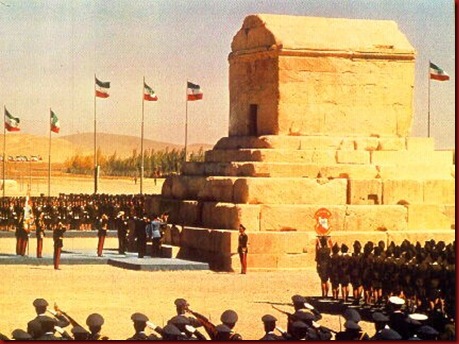
Mohammad Reza Shah Pahlavi at the tomb of Cyrus the Great, a 2500-year old emperor known for his commitment to human rights who probably would not have liked the Shah, a tyrant known for a CIA-trained secret police.
Although his co-option of ancient Persian and Zoroastrian symbols in order to describe his rule was anachronistic and repulsive to some Iranians- many of whom scoffed at his references to Cyrus the Great and divine rule by using terms like, “universal ruler,” Shahanshah (“King of Kings”), and Aryamehr, (“light of the Aryans”) to describe himself- most Iranians eventually bought these racialist myths of Iranian-ness and the narrative became naturalized.Even today it’s not uncommon to hear Iranians describe themselves as Aryans, usually when emphasizing their non-Arabness to white people and linking themselves to Europe (“Really, we are Aryans, our language is more similar to German than Arabic!”). Of course, these attempts are often received with awkward horror, the term “Aryan” having fallen out of usage following Adolf Hitler’s unfortunate decision to wholeheartedly adopt the Aryan theory as a rationale for genocide.
President Ahmedinejad speaking Azeri to a crowd of Azeri Iranian supporters
Languages other than Persian rapidly entered the public sphere and print use of other languages was legalized. Despite this, the ethno-supremacist version of Persian-Iranian nationalism did not disappear overnight; even as ethnic minorities like Mir Hossein Mousavi (Azeri), Mehdi Karroubi (Lori), and Ayatollah Khamenei (Azeri) reached top political and religious posts, the war against (mostly Arab) Iraq ensured the longevity of Persian nationalism in the face of a virulently anti-Persian foe.Persian ethnocentrism has remained an influential part of public discourse within Iran, and many Iranians outside of Iran as well cling to notions of Aryanism and Persianism deeply antithetical to an inclusive, egalitarian democratic future. In popular discourse these representations are rife, as the youtube videos above provide evidence of. Alireza Asgharzadeh’s book, “Iran and the Challenge of Diversity: Islamic Fundamentalism, Aryanist Racism, and Democratic Struggles,” tackles this discourse in depth, albeit with numerous methodological flaws (a shorter interview of his can be found here, while an extensive rebuttal to a number of his arguments and sources can be found here). The 2006 riots in Iranian Azerbaijan highlighted the persistence of this racist discourse- and its linguistic roots- in public discourse. In May of that year a satirical cartoon was published depicted a boy speaking to a cockroach in Persian as the cockroach responded “What?” in Azeri.An accompanying article pointed to the inability of cockroaches to understand reason and to the incomprehensibility and silliness of their own language, a provocation that led to riots across the majority-Azeri areas of Iran and left four dead. The cartoonist, an ethnic Azeri himself, was subsequently arrested and the newspaper shut down, but it can be surmised from the timing that the state’s reaction was to prevent more rioting, not tackle the prejudice at the heart of the issue.In our struggle as Iranians both in Iran and the diaspora to develop a national identity that is religiously inclusive, we must not simultaneously build one that is ethnically and linguistically exclusive. Crafting an inclusive national identity by recognizing the historical marginalization and silencing of Iran’s minority languages must be a crucial part of our national struggle for freedom and equality.Indeed, in a world full of exclusivist nation states and ethnic cleansings with the goal of “purifying” and homogenizing populations, Iran’s diversity stands out. We are a nation united not by ethnicity nor religion but by history and a shared, rich, diverse national culture.
The 2006 riots in Iranian Azerbaijan highlighted the persistence of this racist discourse- and its linguistic roots- in public discourse. In May of that year a satirical cartoon was published depicted a boy speaking to a cockroach in Persian as the cockroach responded “What?” in Azeri.An accompanying article pointed to the inability of cockroaches to understand reason and to the incomprehensibility and silliness of their own language, a provocation that led to riots across the majority-Azeri areas of Iran and left four dead. The cartoonist, an ethnic Azeri himself, was subsequently arrested and the newspaper shut down, but it can be surmised from the timing that the state’s reaction was to prevent more rioting, not tackle the prejudice at the heart of the issue.In our struggle as Iranians both in Iran and the diaspora to develop a national identity that is religiously inclusive, we must not simultaneously build one that is ethnically and linguistically exclusive. Crafting an inclusive national identity by recognizing the historical marginalization and silencing of Iran’s minority languages must be a crucial part of our national struggle for freedom and equality.Indeed, in a world full of exclusivist nation states and ethnic cleansings with the goal of “purifying” and homogenizing populations, Iran’s diversity stands out. We are a nation united not by ethnicity nor religion but by history and a shared, rich, diverse national culture.
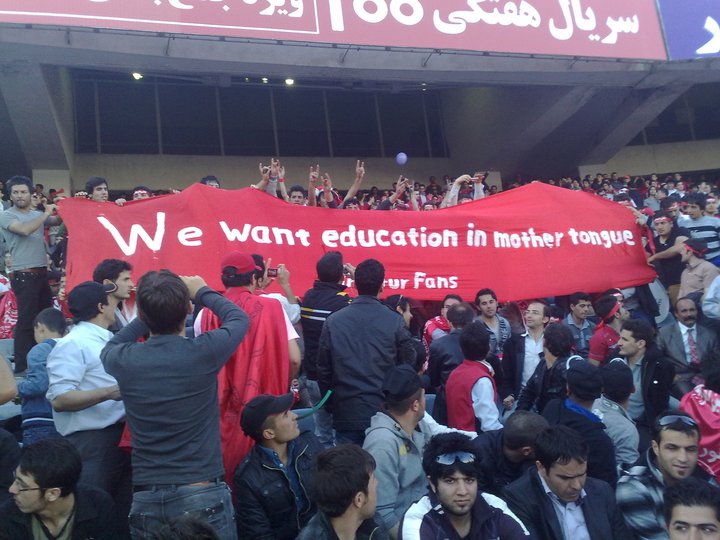
Azeris protest for linguistic rights at a soccer game in Iran.
About Alex Shams
Alex Shams is bacheye Los Angeles, a fact he has spent years trying to deny but eventually learned to embrace. Raised in the diaspora but with as many summers as possible spent in Tehran, he first became interested in regional politics after being chased out of a history class debate at his evangelical middle school during the Iraq War. After a few years dividing his time between Beirut, Istanbul and, most recently, Boston, he is now working in journalism and is based out of Palestine. His interests include feminism, urbanism and Islamism in Iran and the Arab World. Follow him on twitter: @SeyyedReza He is a co-editor of Ajam Media Collective, a blog focused on Iran, Central Asia, and Diaspora societies and cultures.
Reprinted from Ajam Media Collective


